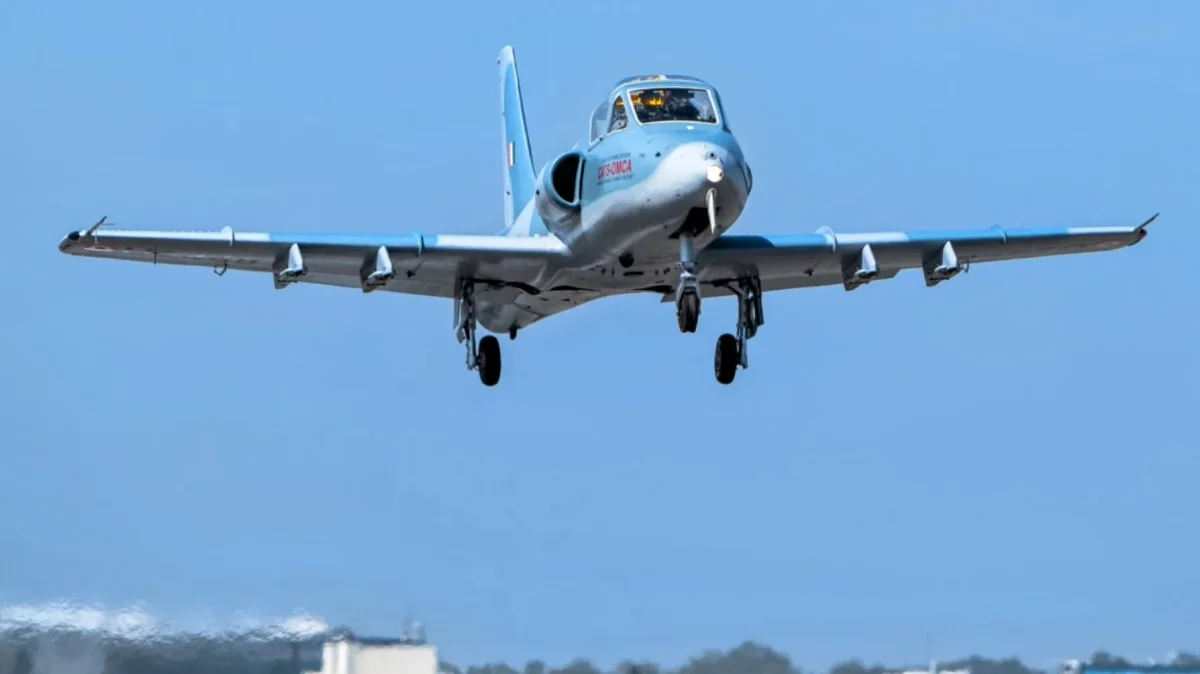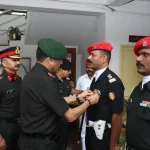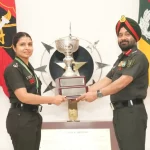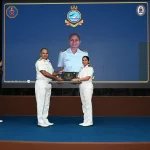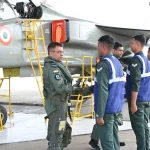In a landmark achievement for India’s indigenous defence aviation, Hindustan Aeronautics Limited (HAL) has successfully conducted the maiden flight of the Unmanned Kiran aircraft, a major breakthrough under the Combat Air Teaming System (CATS) program. The test flight took place in January 2025 at HAL’s Bengaluru facility.
Referred to as the Optionally Manned Combat Aircraft (OMCA), the platform represents HAL’s innovative approach to transforming legacy trainer jets into advanced unmanned combat systems. Based on the IAF’s Kiran Mk-II jet trainer, the OMCA project breathes new life into India’s veteran training fleet by equipping it with autonomous and remote-control capabilities for modern combat missions.
The aircraft is designed to serve as a decoy platform, capable of simulating radar signatures and diverting enemy air defences. It can operate in autonomous or ground-controlled modes, allowing mission flexibility — from electronic warfare and reconnaissance to limited strike operations.
In its autonomous mode, the Unmanned Kiran can carry out pre-programmed missions using onboard AI, while in ground-controlled mode, operators can guide the aircraft in real-time, offering enhanced tactical adaptability during combat.
The project underscores India’s growing focus on resource optimisation, indigenous innovation, and combat versatility. By converting existing Kiran Mk-II airframes into unmanned variants, HAL has created a cost-effective force multiplier for the Indian Air Force.
The Unmanned Kiran will become a crucial element of HAL’s CATS ecosystem, which also includes the CATS Warrior loyal wingman, CATS Hunter missile drone, and other coordinated combat platforms designed to operate alongside frontline fighters like the Tejas Mk-1A and Rafale.
HAL plans to showcase the OMCA demonstrator at Aero India 2025, demonstrating India’s advancing capability in unmanned aerial warfare. The successful maiden flight marks a significant milestone in India’s journey toward a networked and self-reliant air combat ecosystem.

